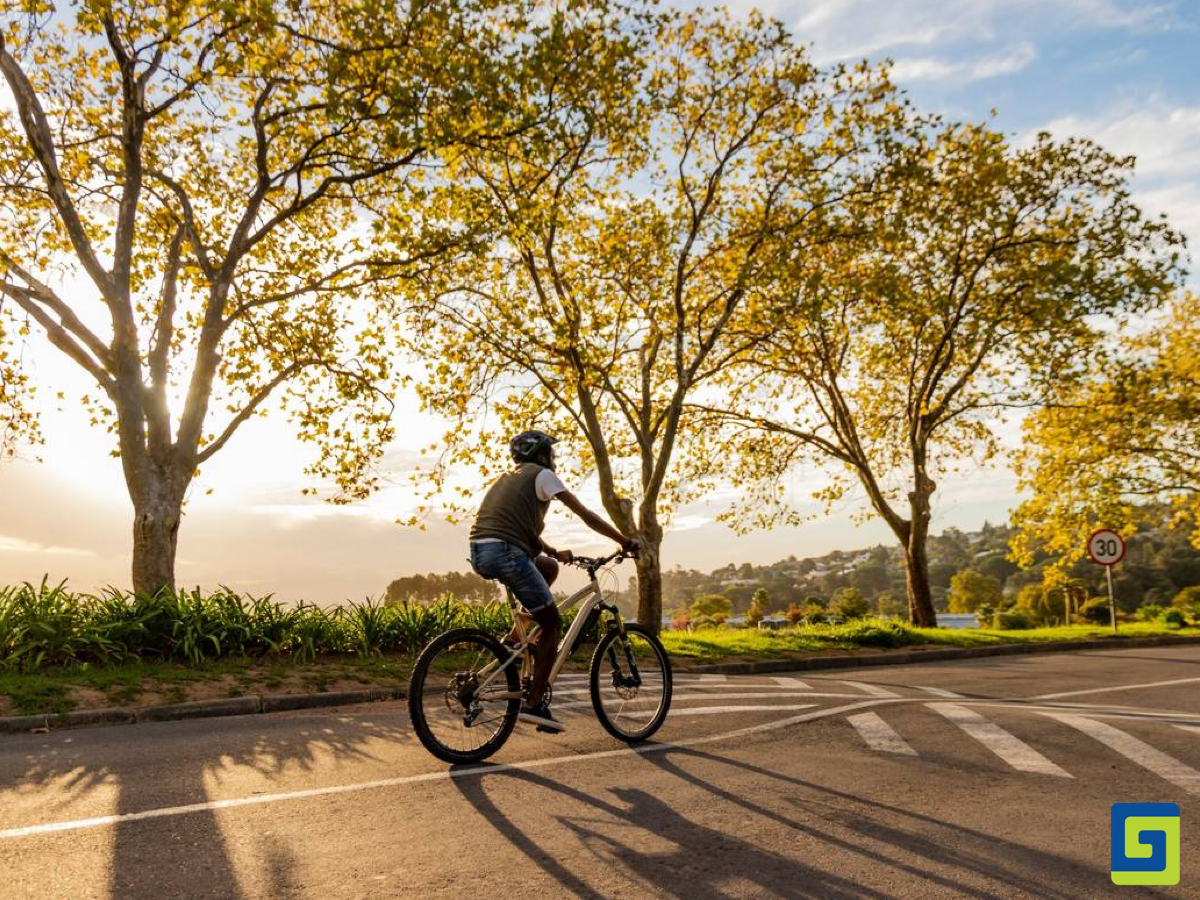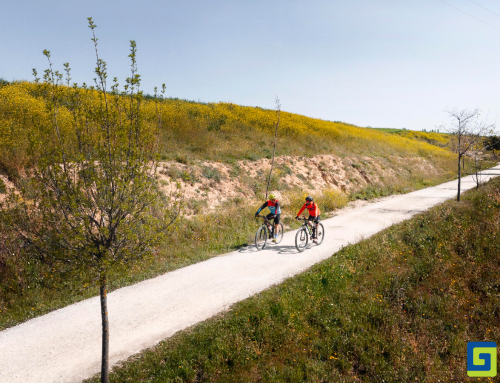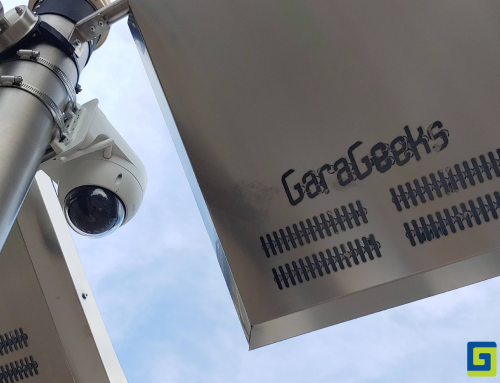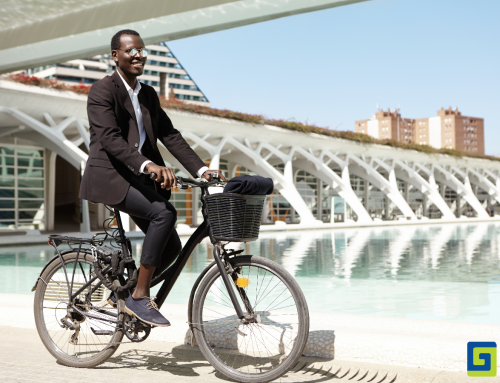The aim is to make cycle mobility a fundamental component of the sustainable modal system at every level, with characteristics of accessibility, transport and economic efficiency, positive environmental impact, a tool with broad social accessibility and low economic cost.
It is a comfortable, efficient, economical and environmentally friendly means of transport: the use of classic and electric bicycles is becoming increasingly popular. According to the Bikester company, which analyzed 48 Italian cities by drawing up a ranking based on the km of road usually traveled by bike in relation to the inhabitants, the most bike-friendly city is “Bolzano followed by Aosta and Trieste, Trento and Milan to complete the Top5. Pescara first city in the Center (14th), Bari first city in the South in 18th position ”, Rome is only 36th in the standings.
Throughout the country, however, more will soon be possible: hopes are placed in the recent approval, by the Unified State-Regions Conference, of the General Plan for Cycling, or the strategy for developing cycling. The OK arrived in mid-July 2022: the strategic document, lasting three years, is an integral part of the General Transport and Logistics Plan (PGTL) and is aimed at creating the National Cycling Mobility System (SNMC).
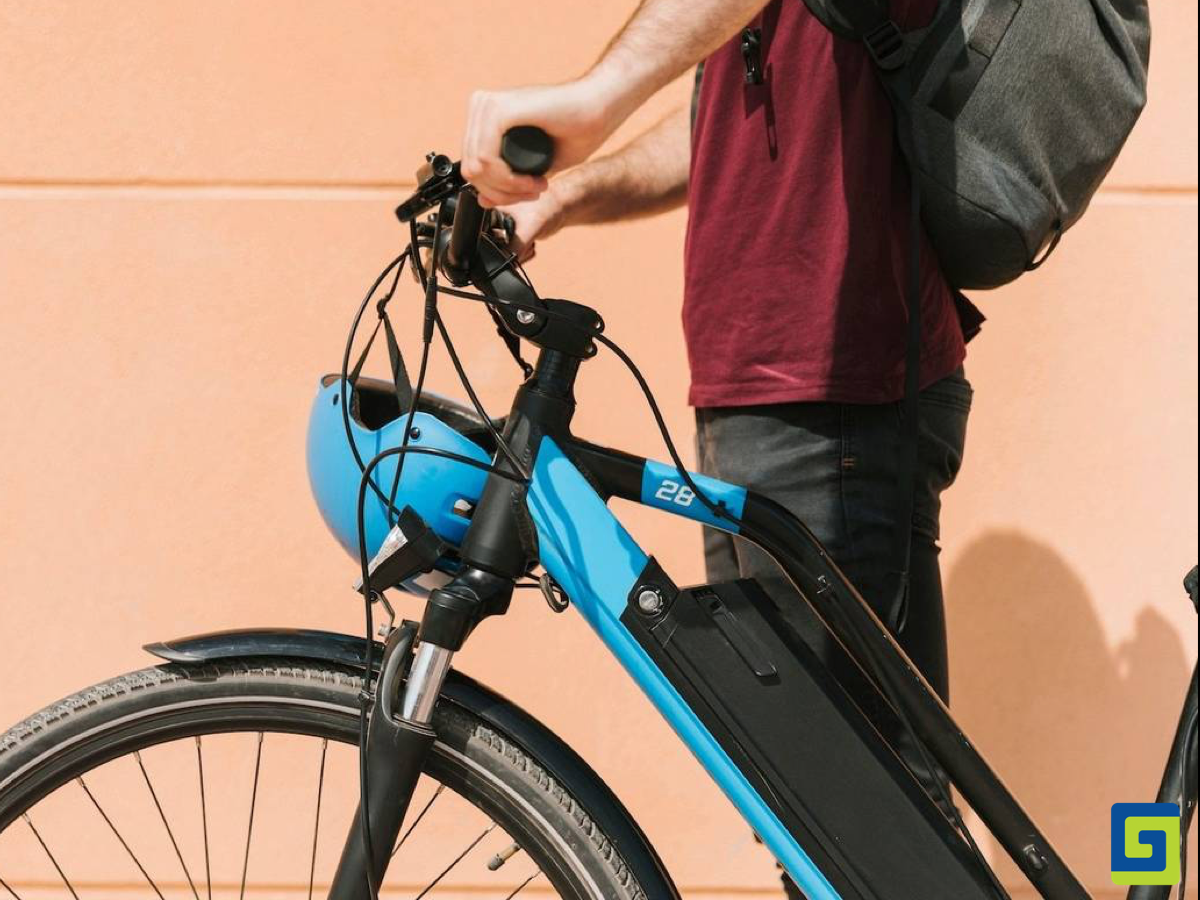
In the city and in the municipalities
As stated in the document, “the purpose of the Plan is to make cycle mobility a fundamental component of the sustainable modal system at every level, with characteristics of accessibility, transport and economic efficiency, positive environmental impact, a tool with broad social accessibility and low economic cost “. The Plan aims to improve two specific sectors for the development of cycling: these are interventions in the urban and metropolitan areas and interventions in the extra-urban area (provincial / inter-municipal, regional, national and European).
An ambitious challenge that also defines the identification of time objectives and related allocations. The topics examined were countless: “from the framework of available resources to the analysis of the touristic and urban cycling mobility system, from the objectives – strategic, general and specific – of the PGMC to the tools and actions for their implementation as well as the indicators for implementation performance, to verify their achievement”.
The pipeline
In a nutshell, over the next 3 years, the aim is to create transport systems that are resilient to climate change, pandemics and other disasters; efficient, clean, safe, silent transport with zero net emissions, implementing policies and actions for healthy, active and safer mobility; a process of social inclusion that guarantees access to mobility and transport; investments that can use the digitization of transport and mobility services; infrastructures to support sustainable mobility; integrated local public transport; a fairer use of public space.
To be able to achieve all this, it is certainly necessary “to promote a change of mentality on the use of two-wheeled vehicles, developing every effort so that a change in the mobility paradigm is established, starting with first grade school students, arriving transversally to all strata of the population up to the economic operators, so that by bicycle it acquires full dignity as a means of transport, not only ecological and healthy, but also convenient, efficient and safe for the movement of people and goods. A model to be implemented above all in cities, to make them a driver for the development of sustainable local mobility and national and local tourism, as well as an important economic factor for the production of green goods and services in Italy, also in an industrial reshoring logic “.
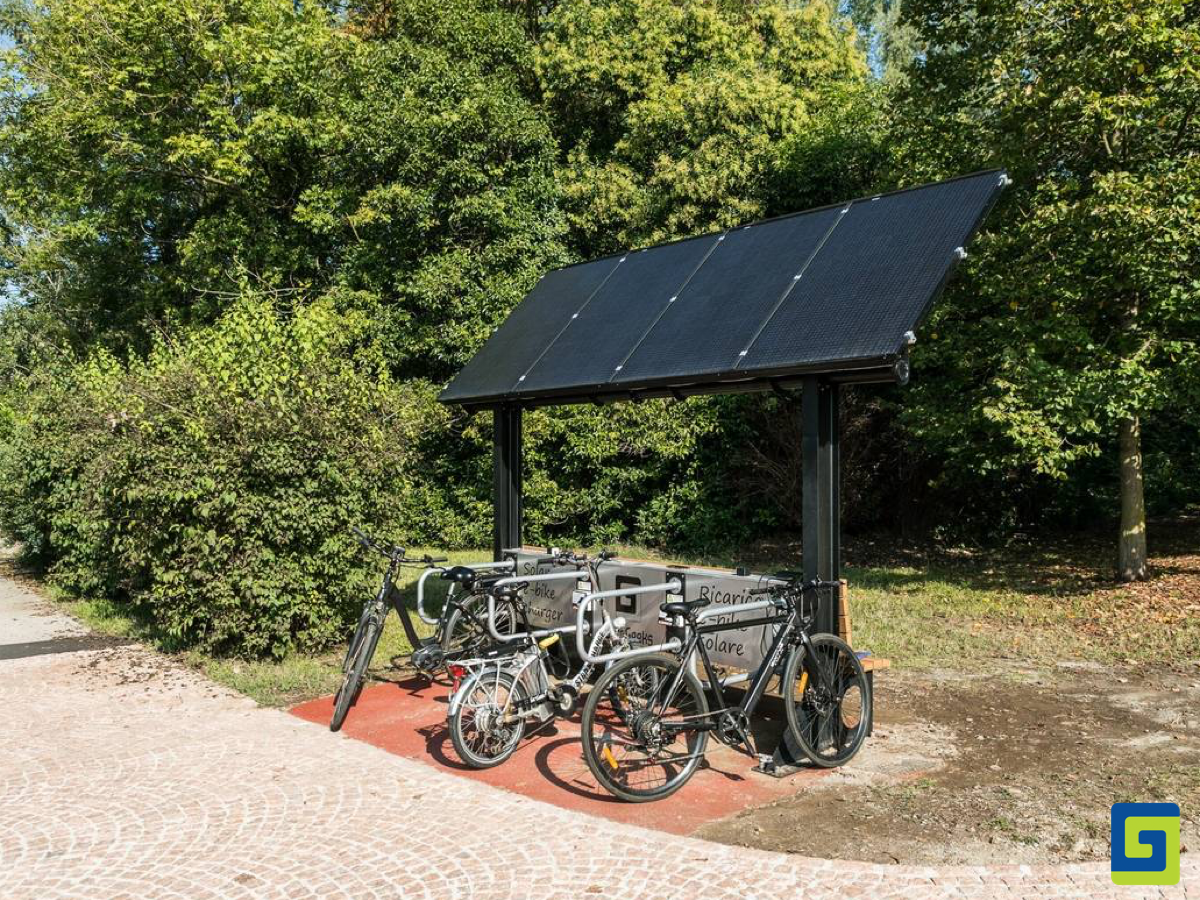
Solutions by GaraGeeks
GaraGeeks has always played an important role in this game, thanks to the production and installation of green solutions for light electric vehicles.
Stop & Charge Shelter, for example, is a 100% solar-powered charging shelter for bicycles, scooters and electric wheelchairs that does not require excavations or connections to the public electricity grid. Perfect along cycle paths or off-piste paths in the hills or mountains to encourage city micro-mobility, cycle-commuting and cycle tourism, it is equipped with a bench and smartphone charging points and access to Wi-Fi internet. Shelter was awarded by INVITALIA, the National government agency for economic development, and the Ministry of Culture thanks to its ability to promote cycle tourism and make it accessible to all age groups.
The Stop & Charge Solar 2.0, on the other hand, can make cycle paths smarter and safer. It is a 100% solar-powered charging station, a multifunctional tool with video surveillance and an emergency call button, it also monitors the air quality and does not require connections to the public electricity grid. It can also recharge smartphones, e-bikes and other vehicles up to 300W, have a large information surface, have access to Wi-Fi internet, and can also be configured as an illuminated reference point for those who travel along cycle paths. Solar 2.0 is made with durable materials such as stainless steel, birch wood and Corian and the supply chain is 100% Italian.
By equipping themselves with Stop & Charge Shelter and Stop & Charge Solar 2.0 by GaraGeeks, citizens are offered an important service: companies, municipalities, public administrations and institutions can do it also thanks to the financing calls made available periodically to benefit from economic support and concessions.
Do you want to find out more about GaraGeeks and products for environmental sustainability? Contact us.

